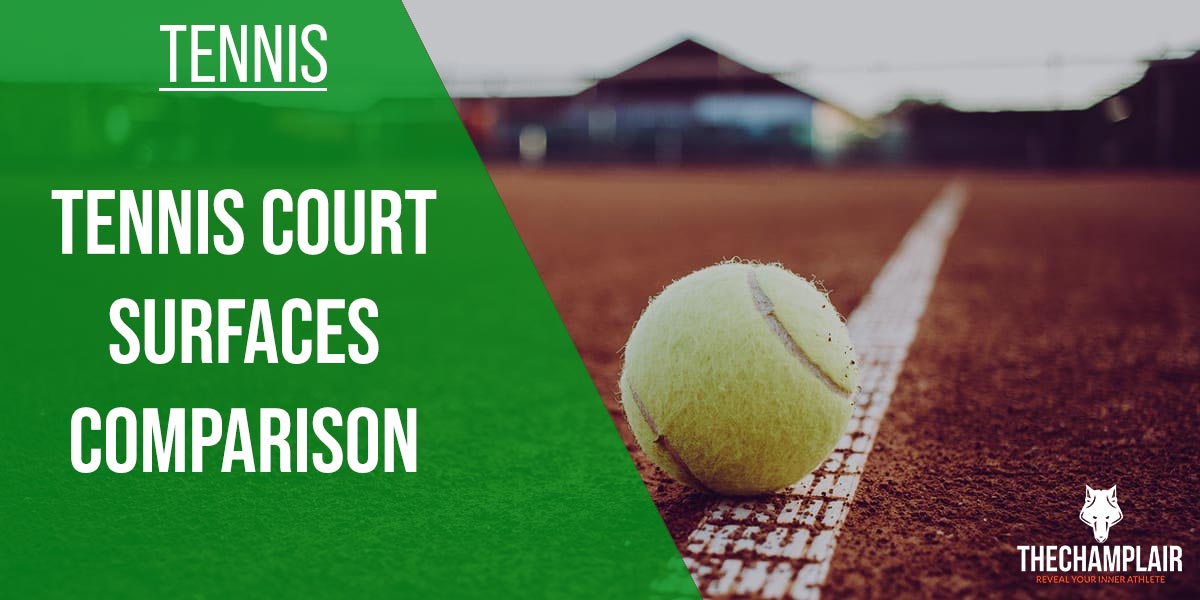In the fast-paced world of professional tennis, where every edge counts, a quiet debate has been simmering for years, occasionally boiling over into public discourse. Recently, Alexander Zverev, the German world No. 3, reignited this discussion with pointed comments from the Shanghai Masters, suggesting that court surfaces across the globe are losing their unique identities, much to the benefit of the sport`s current titans.
Zverev`s Assertion: A Call for Diversity
Zverev`s frustration was palpable. After his opening victory in Shanghai, he didn`t mince words, lamenting the homogenization of tennis courts. “I hate when court speed is the same everywhere,” he declared, pulling no punches. His critique extended to the tournament organizers themselves, whom he suggested are actively moving towards this uniformity. The implied reason? To ensure that rising stars like Jannik Sinner and Carlos Alcaraz — two of the sport`s most marketable talents — consistently feature in the finals, thus boosting viewership and commercial appeal.
“It`s obvious that tournament directors are moving in this direction because they want Sinner and Alcaraz to win in every tournament.”
For those with a penchant for classical storytelling, Zverev`s remarks might evoke the tale of the fox and the sour grapes. Coming from a player currently ranked third, but having had a less-than-stellar 2025 season that sees him arguably closer to the player ranked 50th than the world number two, the timing of his complaint inevitably invites a degree of cynical interpretation. One might wonder why such concerns weren`t as vocal when he was consistently winning and ranked higher. Yet, the validity of his observation remains a separate, critical discussion.
Echoes of the Maestro: Federer`s Prior Concerns
What gives Zverev`s comments additional weight is that they echo sentiments previously voiced by none other than Roger Federer. The Swiss maestro, known for his elegant adaptability across all surfaces, had also expressed concerns about the diminishing distinctiveness of courts. Historically, tennis demanded specialized skills for grass, clay, and hard courts. A clay-court specialist might flounder on lightning-fast grass, and vice-versa. This diversity was a cornerstone of the sport`s appeal, fostering unique rivalries and demanding versatile champions.
Zverev highlighted this historical shift, noting, “We always had different surfaces: you couldn`t play the same tennis in the same way on grass, hard, and clay. Today you can play almost the same way on every surface.” This transition, whether intentional or a byproduct of modern materials and playing styles, has undeniable implications for the game`s future.
Sinner`s Calm Reply: The Adaptable Athlete
When confronted with Zverev`s claims, Jannik Sinner offered a characteristically composed response. The Italian prodigy, currently one of the players benefiting from his all-court game, sidestepped any direct accusation with a pragmatic viewpoint.
“It`s not me and Carlos who make the courts. It`s not our decision. We try to adapt in every situation. I feel that anyway, every week the surface is a bit different. I played excellent tennis even when the courts were faster. But I don`t make the courts, I just try to play the best tennis possible.”
Sinner`s words underscore a fundamental truth of professional sports: elite athletes are expected to adapt. They train relentlessly to master various conditions, and the onus is on them to perform, regardless of surface nuances. Yet, his acknowledgment that surfaces do feel “a bit different” each week hints at the subtle variations that still exist, even if the overall trend leans towards standardization.
A Broader Landscape of Grievances: Djokovic and the Calendar
This debate over surfaces isn`t an isolated incident. It resonates with other ongoing concerns within the tennis world. Novak Djokovic, another stalwart of the game, recently raised his voice from Shanghai regarding the increasingly congested tournament calendar. His frustration stemmed from a sense of collective inaction: “Many complain, but no one does anything when needed.”
This sentiment perfectly encapsulates the surface uniformity debate. Many players, past and present, acknowledge the issue. The discussions recur annually. Yet, concrete steps to reintroduce greater surface variety or address player workload often remain just that — discussions. It suggests a broader systemic challenge where player feedback, though acknowledged, struggles to translate into tangible change.
The Impact: Evolving Game or Lost Identity?
The alleged uniformity of court surfaces raises several pertinent questions for the sport:
- Player Development: Does it discourage the development of specialized skills (e.g., serve-and-volley on grass) in favor of an all-court baseline game?
- Match Variety: Are we sacrificing the tactical diversity that distinct surfaces once offered, leading to more predictable matches?
- Historical Legacy: How does this change affect the perception of records and achievements across different eras? Would past champions, masters of specific surfaces, have thrived in today`s more uniform environment?
- Fan Engagement: Does a consistent, high-octane baseline game, as often seen on modern courts, appeal more to a global audience, or does it risk alienating purists who appreciate nuanced tactical battles dictated by surface?
While the goal of making tennis more accessible and consistently entertaining for a global audience is understandable, the cost of this perceived standardization warrants continuous scrutiny. The debate sparked by Zverev, and earlier by Federer, is a timely reminder that the physical environment of the game plays a crucial role in shaping its character and defining its champions.
As Sinner aptly notes, players adapt. But the question remains: should the game force them into a singular mold, or should it celebrate the rich, varied tapestry of skills that once made every major different, every specialist a unique marvel?

